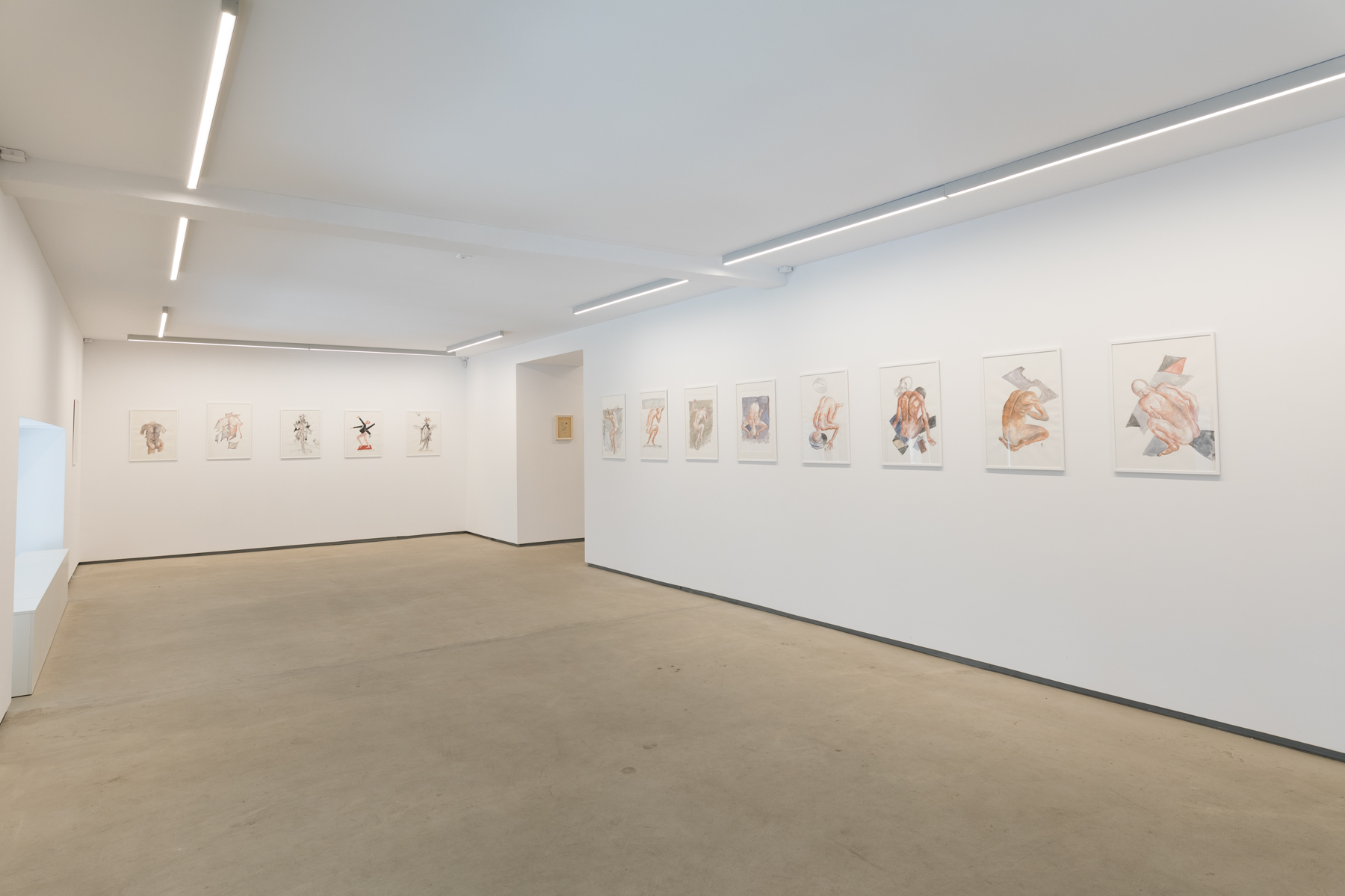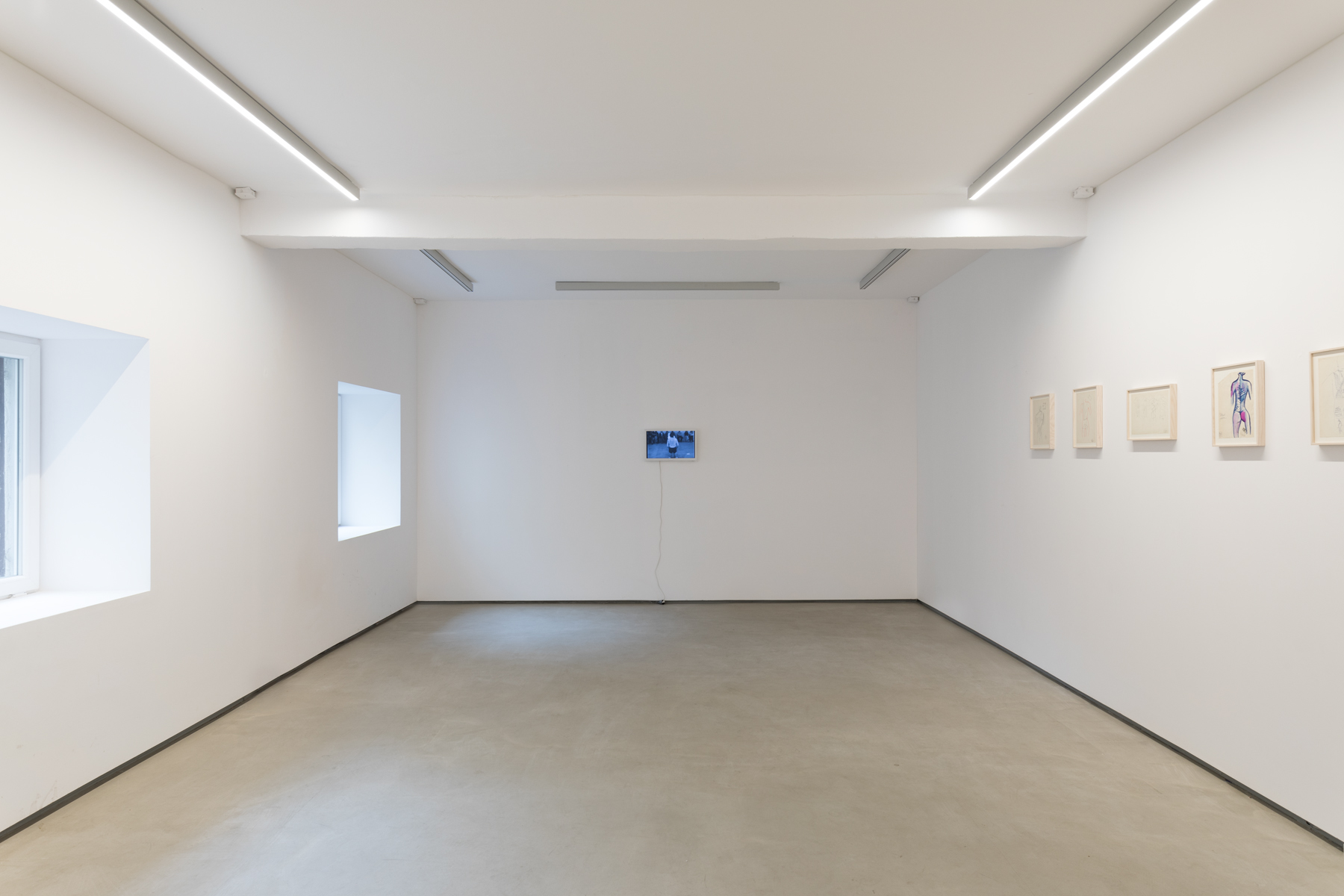Zbigniew Warpechowski
Drawing on the Back
May 25 – July 20, 2019
Zbigniew Warpechowski has undoubtedly been one of the pioneers of performance art in Poland and has been counted among the classics in this field in the international arena for a long time.
Although poetry and philosophy are pointed out as Warpechowski’s source of inspiration, he cherishes traditional disciplines, for instance, painting or sculpture, equally to action art. This wide range of means of expression did not necessarily lead to complicated, multidisciplinary realizations. It instead enabled a conscious selection of media, and, above all, a multifaceted reflection upon themes important to the artist.
The Drawing on the Back exhibition concentrates on the motif of the body in Zbigniew Warpechowski’s art, presented mainly from the perspective of his paintings and drawings. The displayed works cover the period from the mid-1960s till 2018 when the latest cycle of watercolors was created.
For Warpechowski-performer, the body is an essential tool; he reveals it, subjects it to auto-aggressive practices, and tests its resilience to pain (4, 1980, Łódź). Paintings and drawings seem more metaphorical, and they contain references to religion and the tradition of classical art. This allows the coherence of some threads in the artist’s output to be discerned and their evolution over time to be traced.
In this context, it is worth analyzing the works from the “Tattoos” series, which originated towards the end of the 1960s and include drawings, pictures, and assemblages (Tattoo, collection of the National Museum in Warsaw). The motif of a tattoo is unique because several decades ago it predominantly denoted non-regime affiliation. Anonymous figures, devoid of faces and with their backs turned towards the beholder, are covered with lines and signs resembling stigmata (Tattoo II Simultaneous 1964, collection of the Museum of Art in Łódź).
Other pieces feature the motif of a human figure defying some forces: trying to lift an invisible weight, or free itself from non-existent bonds; there are also bodies subject to deconstruction or metamorphosis.
An interesting network of tensions emerges between representations in painting or drawing and the body really used in his actions by Warpechowski. However, Warpechowski writes about the body in “Ikonografia sztuki performance” (Iconography of Performance Art) in the following way: “This can be neither made uniform nor reduced to a common denominator. I also do not want to try my literary talents in translating human nakedness into a set of possible metaphors, symbolic scenes, mythology and imagery of the human body. It would be a stupid malice to put everything in the same league with exhibitionists.”






